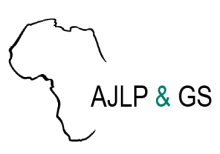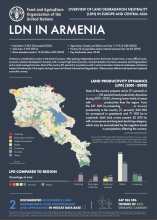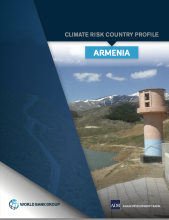Land Library Search
Through our robust search engine, you can search for any item of the over 73,000 highly curated resources in the Land Library.
If you would like to find an overview of what is possible, feel free to peruse the Search Guide.
/ library resources
Showing items 28 through 36 of 2217.The dry lowlands of Ethiopia are seasonally affected by long periods of low rainfall and, coinciding with rainfall in the Amhara highlands, flood waters which flow onto the lowlands resulting in damage to landscapes and settlements.
context and backgroundDespite the robustness of various land instruments and legal and institutional regulations on various sectors, Tanzania’s land distribution-related policy implementation and practice is facing numerous challenges.
This study aimed at modeling scenarios of future land use and land cover (LULC) change and estimating ecosystem service (ES) values for the year 2051 compared to 2021 in Central Ethiopia.
Land degradation and discontinuation of ecosystem services (ES) are a common phe nomenon that causes socio-economic and environmental problems in Ethiopia.
Banana (and plantain, Musa spp.), in sub-Saharan Africa (SSA), is predominantly grown as a mixed crop by smallholder farmers in backyards and small farmlands, typically ranging from 0.2 ha to 3 ha.
Armenia is a landlocked country in the South Caucasus. After gaining independence from the former Soviet Union, a very difficult socio- economic situation developed in Armenia, with a current high level of poverty.
Over the past half-century, the risk of urban flooding in Dar es Salaam has increased due to changes in land cover coupled with climatic changes.
This publication synthesizes climate characteristics and projections, vulnerability to natural hazards, sectoral climate change impacts, and adaptation priorities in Armenia. It outlines rapid onset and long-term changes in key climate parameters, as well as the impact of these changes on co
Land Use and Climate change are interrelated to each other. This change influences one another at various temporal and spatial scales; however, improper land uses are the primary causal factor on climate change.





